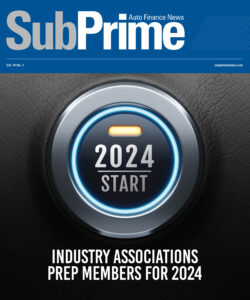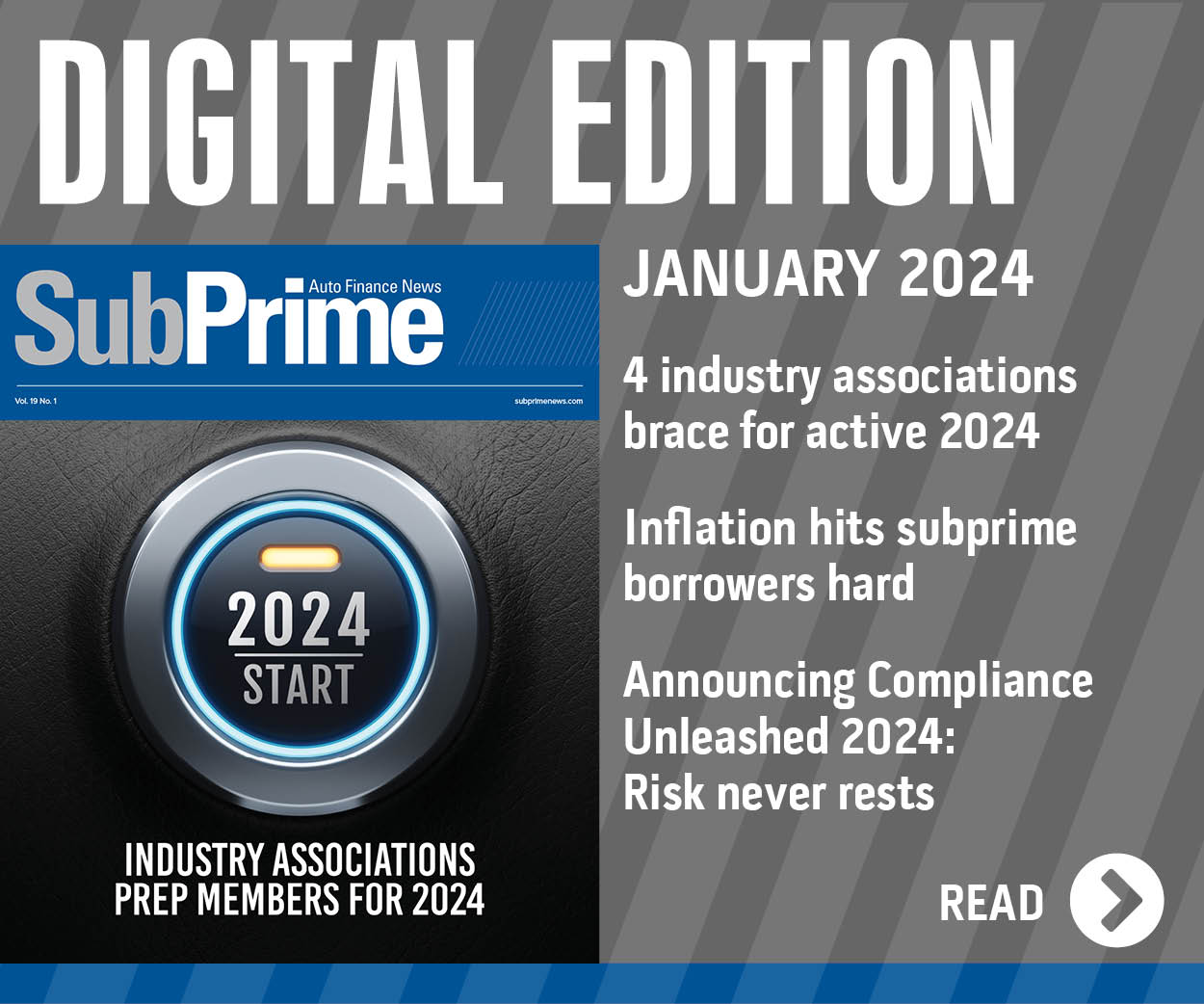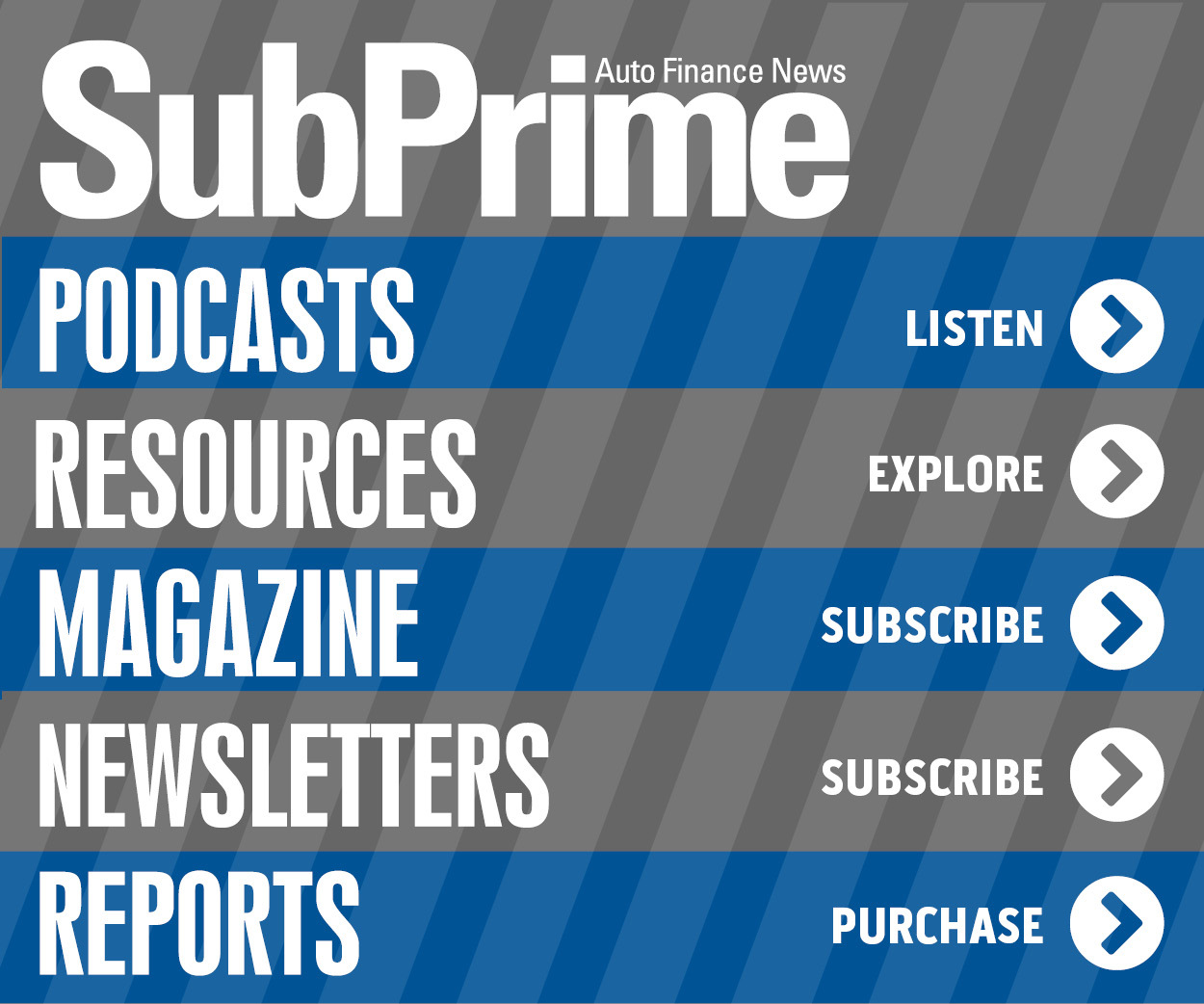CarMax: 1Q Sales up 19% to $1.89 Billion
RICHMOND, Va. (June 20, 2006) — CarMax announced Monday that its total first-quarter sales grew 19 percent to $1.89 billion from $1.58 billion in the same period of fiscal 2006. Moreover, comparable-store used unit sales increased 6 percent, according to company executives. Executives attributed the improvement to an overall curbing in wholesale prices, which had a positive impact on the company’s used vehicle acquisition costs and helped to drive retail used profits.
“Our used vehicle profits benefit from our steady, strong sales performance and some moderation in used vehicle wholesale pricing,” explained Austin Ligon, president and chief executive officer. “Lower wholesale prices favorably affect our used vehicle acquisition costs and often allow our retail used car sales and profits to expand.
“As expected, our wholesale gross profit per unit was also higher than last year’s first quarter, reflecting the lessons we learned in the particularly difficult wholesale environments of the last two years,” he continued. “We have continued to refine our wholesale buying process, including the sales consultant’s delivery of the offer to the consumer. Wholesale gross profit per unit was lower than the preceding quarter, however, as a result of the normal seasonal moderation in wholesale pricing.”
Total used unit sales for the quarter grew 14 percent, according to company executives. Meanwhile, net earnings were up 54 percent to $56.8 million, as compared with $37 million in the quarter of 2005.
“We are very pleased with our first-quarter sales performance,” Ligon said. “We benefited from stronger traffic and continued excellent execution by our store teams. Also, we did not see a repeat of the unusually strong sales patterns that we experienced in the first quarter of the two previous fiscal years.
“Used unit comps of 6 percent were modestly ahead of our expectations,” he added. “As anticipated, our curtailment of subprime sales in certain states, which adversely affected used unit comp sales by 3 percentage points, was largely offset by incremental sales financed by two new nonprime finance providers added in the second half of fiscal 2006.”
Ligon went on to say that wholesale unit sales were up 21 percent, which reflected the expansion of the company’s store base and appraisal traffic.
“Our average wholesale selling prices were up 8 percent compared with last year’s first quarter,” he said. “Wholesale prices moderated over the course of this year’s first quarter, reflecting a more normal seasonal pattern compared with the unusually sharp rise in wholesale prices experienced in the first quarter of last year.”
As with the overall industry, Ligon noted that CarMax’s new vehicle sales dropped, particularly for the company’s Big 3 offerings.
“Other sales and revenues increased, as extended service plan sales benefited from the growth in used car sales and third-party finance fees benefited from the decline in subprime-financed sales,” Ligon stated.
“While our first-quarter used vehicle unit sales growth was slightly higher than we expected, earnings came in considerably higher than our expectations,” he continued. “The strength of our used vehicle sales and gross profit dollars per unit and CAF’s continuing favorable loss performance were the primary factors contributing to our stronger-than-expected earnings performance.”
Reviewing loan originations, company executives said loans originated and sold as a percent of loans sold came in at 3.4 percent for the quarter, compared with 3.3 percent in the same period of fiscal 2006.
Down the road, Ligon said the company expects full-year comparable-store used unit growth to come in at a range of 2 to 8 percent.
“Although our first-quarter earnings were significantly stronger than we expected, we think it is premature to change our fiscal year earnings expectations so early in the year,” Ligon explained. “If sales trends were to continue as we have seen them in the first quarter, we would expect to hit the upper end of the $1.25 to $1.47 range. However, based on the volatility we’ve seen in recent years, we are not willing to adjust our estimate until we are further into the fiscal year.”
Commenting on CarMax’s results, Jerry Marks, with AutoRetailStocks.com, said. “We’ve been critical of the price investors seem to be willing to pay for CarMax’s stock (versus the public franchised dealers), and their ability to compete almost entirely as a used vehicle retailer (a product we deem a loss leader at franchised dealers). However, we have to admit the company has demonstrated a greater resiliency and ability to grow than we ever expected. … And, we think management sold themselves (or least the power of their systems and processes short on the conference call.
“Specifically, we think analyst Scott Cicarelli, of RBC Capital Markets, hit the nail on the head when he asked retiring CEO Austin Ligon why CarMax’s results seemed to be much better than what the industry data (provided by the used vehicle remarketing companies) suggested (i.e. moderating wholesale pricing trends),” he continued. “Mr. Ligon indicated that the wholesale price indices out of Manheim and ADESA do not necessarily speak to the retail demand trends, as last year the indices were very stable but hid a collapse in full-size SUV prices.
“True, but at the end of the call, management even indicated that they tend to stock their products where the market demands, so they should be more reflective of the overall market, unless they are not adjusting fast enough,” he said. “Further, as we indicated Friday, ADESA indicated retail used vehicle demand is running down more than 3 percent this year (down 3.5 percent in May), and while this relies on registration data, anecdotal comments from dealers have suggested the environment is softening. As such, we think the real difference in the quarter for CarMax was simply the ability to manage through swings in the environment better.”

 View The Latest Edition
View The Latest Edition

